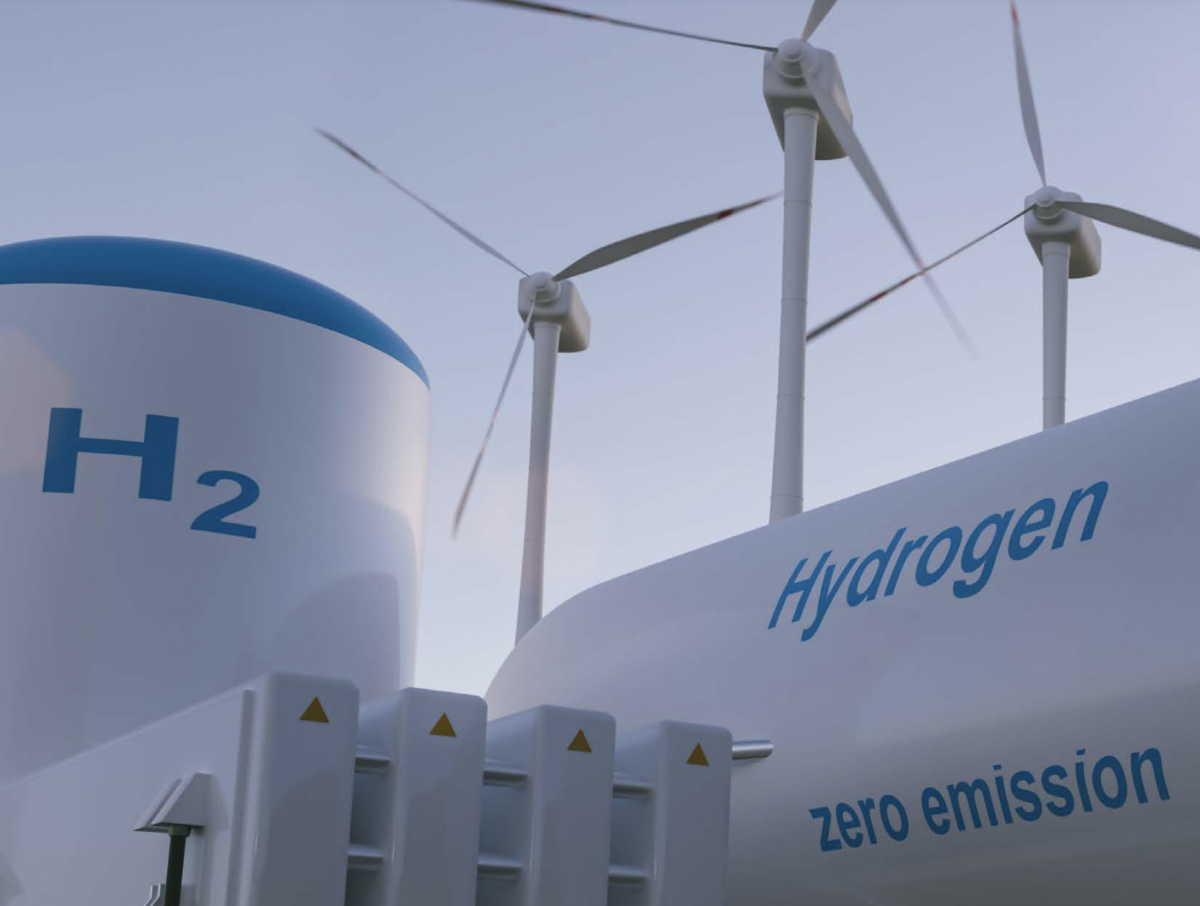Commonwealth agency the Clean Energy Regulator and the Federal Department of Industry, Science, Energy and Resources on Friday announced they would begin working with industry to trial a Guarantee of Origin (GO) scheme for hydrogen and its derivatives, such as ammonia. The trial is supported by a $9.7 million funding commitment made in this year’s federal budget.
Unlike the Smart Energy Council’s hydrogen certification scheme, the government-backed scheme does not focus solely on certifying green hydrogen but rather will measure and track emissions from a range of hydrogen production methods and technologies, issuing certifications based on that source data.
“The GO scheme will allow consumers to choose products based on the hydrogen’s carbon emission intensity. GO certificates will follow the hydrogen supply chain, providing transparent information to consumers on the carbon intensity of products they purchase,” Clean Energy Regulator Chair, David Parker, said.
The scheme will include projects producing hydrogen from renewable electricity, biomethane, and coal and gas with carbon capture and storage.
What the scheme does offer, importantly, is high level government-backed legitimacy as well as a centralised database which will prevent fragmented verification methods which could lead to confusion.
The Regulator said it will now start working with hydrogen players which are either operating hydrogen pilot projects or have well-advanced plans, using these to test the practical application of the scheme’s design as well as its carbon emission methodologies over an 18-month period.
The logistics of the scheme
pv magazine Australia has previously been told the scheme will work something like a ticket, which can be distributed by third parties but are validated on a single shared registry. Using such a model, the Clean Energy Regulator (CER) would issue a set of numerically identifiable certificates which could then be traced and marked within a single registry. This system would prevent double counting as well as the need to cross check contracts, and would allow for automised reporting.
Such a scheme, pv magazine has been told, would also leave room for third party involvement, similar to the way GreenPower leverages off the Regulator’s Renewable Energy Target (RET) registries.
The hope is that such a model would prevent the fragmentation of having several different verification schemes run by different bodies, which could confuse international buyers. Given that the regulator already oversees Australia’s clean energy schemes, including our extensive small and large-scale solar certificates, the body seems an obvious choice to issue hydrogen certificates also.
Parker, the Regulator’s chair, said it is working with other countries through the International Partnership on Hydrogen and Fuel Cells in the Economy (IPHE) to design an assurance system trusted by international trading partners and domestic supply chains.
Emissions accounting framework appears to still be up in the air
Parker added that trial participants will “help develop emission accounting approaches” suited to their production techniques, though did not elaborate on the important point of carbon accounting, aside from noting the trials would see the Regulator collect and verify data to calculate the gross and net carbon intensity of hydrogen and related products.
“The GO trials will play a significant role in determining international standards for measuring carbon emissions from hydrogen production and establish Australia as a global player in the emerging hydrogen industry for years to come,” Parker said.
“We expect the GO scheme to evolve to guarantee the origin of a range of low emission products, so these trials are an important step in reducing Australia and our trading partner’s emissions,” he added. Parker appears to be referring here to industries like steel and aluminium which are expected to replace coal in their processes with hydrogen in future.
The trials, according to the Regulator, will go on to inform the federal government’s policy design and legislation to support the industry’s development.
International legitimacy
A government-backed hydrogen Guarantee of Origin scheme was listed as a priority under the National Hydrogen Strategy. “Industry feedback indicated that a local scheme must be internationally aligned and accepted by our trading partners. This will enable customers who buy Australian hydrogen in the future to make an informed choice and easily identify the product best suited to their needs,” Federal Minister for Industry, Energy and Emissions Reduction, Angus Taylor, said.
With Australia on track to become one of the globe’s hydrogen leaders, there is concern fossil fuel companies will find refuge in the burgeoning industry given there are both clean and “dirty” ways to produce hydrogen. Australia’s federal government, and some state governments, have backed fossil hydrogen projects, many of which are greenwashed to appear as cleaner than they are.
While the Regulator’s scheme will include both fossil and renewable projects, it could make transparent the emissions associated with each project, hopefully alleviating greenwashing which has already emerged as a problem in the industry.
The federal government estimates Australia’s hydrogen production for export and domestic use could also generate more than $50 billion in additional GDP by 2050.
This content is protected by copyright and may not be reused. If you want to cooperate with us and would like to reuse some of our content, please contact: editors@pv-magazine.com.









1 comment
By submitting this form you agree to pv magazine using your data for the purposes of publishing your comment.
Your personal data will only be disclosed or otherwise transmitted to third parties for the purposes of spam filtering or if this is necessary for technical maintenance of the website. Any other transfer to third parties will not take place unless this is justified on the basis of applicable data protection regulations or if pv magazine is legally obliged to do so.
You may revoke this consent at any time with effect for the future, in which case your personal data will be deleted immediately. Otherwise, your data will be deleted if pv magazine has processed your request or the purpose of data storage is fulfilled.
Further information on data privacy can be found in our Data Protection Policy.